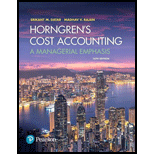
Concept explainers
What is broad averaging, and what consequences can it have on costs?
Broad Averaging:
Broad averaging is also known as peanut butter cost is a costing approach of distributing the overall overhead cost of resources on the average basis to the associate cost of product.
Indirect Cost or Overheads:
Indirect cost is that cost which cannot be directly identified with the manufacturing of a particular product.
To explain: Broad averaging and consequences of broad averaging on cost.
Answer to Problem 5.1Q
- Broad averaging is the costing approach of allocating the overall indirect cost of manufacture to the associated product cost. The use of this costing approach is to find out the estimate cost of a particular product.
- The consequence of broad averaging is that it does not tell the actual estimation cost of a product, it leads to over estimation or under estimation cost of a product.
Explanation of Solution
- Broad averaging helps to allocate the indirect cost or overhead cost of manufacture on the basis of percentage of total cost or on average basis to the associate cost of a product.
- A manufacture cannot determine the actual estimation cost of a product. The broad averaging costing approach leads to undervalued or overvalued the cost of a product.
Broad averaging helps to distribute the overhear cost and the consequences of broad averaging is that the cost of a product leads to over costing or under costing.
Want to see more full solutions like this?
Chapter 5 Solutions
Horngren's Cost Accounting: A Managerial Emphasis (16th Edition)
Additional Business Textbook Solutions
Horngren's Accounting (12th Edition)
Horngren's Financial & Managerial Accounting, The Financial Chapters (6th Edition)
Horngren's Financial & Managerial Accounting, The Managerial Chapters (6th Edition)
Financial Accounting (12th Edition) (What's New in Accounting)
Construction Accounting And Financial Management (4th Edition)
Managerial Accounting (4th Edition)
- What is target costing? Describe how costs are reduced so that the target cost can be met.arrow_forwardWhy would standard cost be a more appropriate transfer cost between cost centers than actual cost?arrow_forwardWhat is the primary difference between variable costing and absorption costing?arrow_forward
- When will the average unit cost be useful for value streams?arrow_forwardWhat is the scattergraph method, and why is it used? Why is a scattergraph a good first step in separating mixed costs into their fixed and variable components?arrow_forwardExplain the differences among fixed costs, variable costs, and mixed costs.arrow_forward
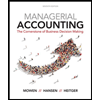 Managerial Accounting: The Cornerstone of Busines...AccountingISBN:9781337115773Author:Maryanne M. Mowen, Don R. Hansen, Dan L. HeitgerPublisher:Cengage Learning
Managerial Accounting: The Cornerstone of Busines...AccountingISBN:9781337115773Author:Maryanne M. Mowen, Don R. Hansen, Dan L. HeitgerPublisher:Cengage Learning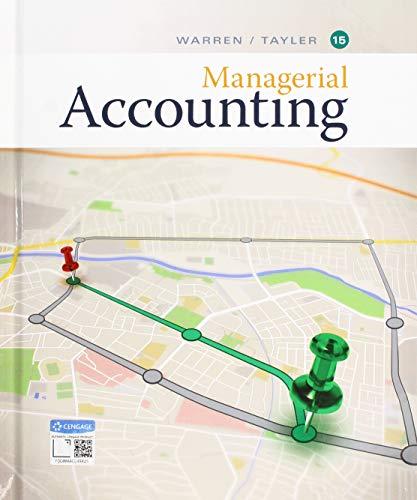 Managerial AccountingAccountingISBN:9781337912020Author:Carl Warren, Ph.d. Cma William B. TaylerPublisher:South-Western College Pub
Managerial AccountingAccountingISBN:9781337912020Author:Carl Warren, Ph.d. Cma William B. TaylerPublisher:South-Western College Pub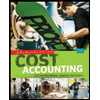 Principles of Cost AccountingAccountingISBN:9781305087408Author:Edward J. Vanderbeck, Maria R. MitchellPublisher:Cengage Learning
Principles of Cost AccountingAccountingISBN:9781305087408Author:Edward J. Vanderbeck, Maria R. MitchellPublisher:Cengage Learning- Principles of Accounting Volume 2AccountingISBN:9781947172609Author:OpenStaxPublisher:OpenStax College
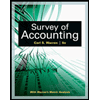 Survey of Accounting (Accounting I)AccountingISBN:9781305961883Author:Carl WarrenPublisher:Cengage Learning
Survey of Accounting (Accounting I)AccountingISBN:9781305961883Author:Carl WarrenPublisher:Cengage Learning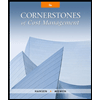 Cornerstones of Cost Management (Cornerstones Ser...AccountingISBN:9781305970663Author:Don R. Hansen, Maryanne M. MowenPublisher:Cengage Learning
Cornerstones of Cost Management (Cornerstones Ser...AccountingISBN:9781305970663Author:Don R. Hansen, Maryanne M. MowenPublisher:Cengage Learning





